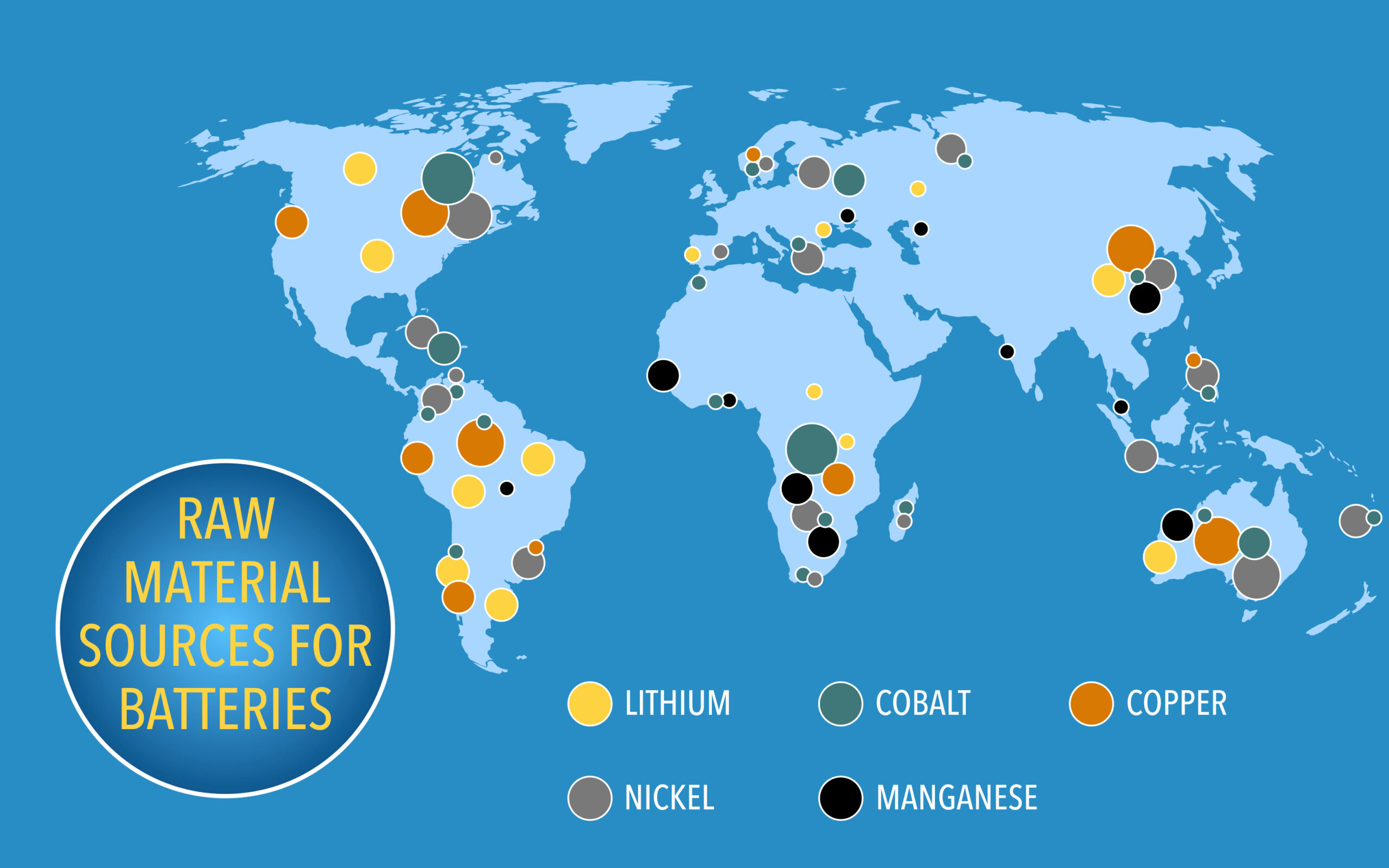In the short time since we visited Bitcoin in our feature article, “Wake Up to Bitcoin,” in June, the cryptocurrency’s market value has skyrocketed. The price of Bitcoin reached a new all-time-high when it surpassed the $23,000 mark on December 18, 2020. According to a recent article by Forbes, the price of Bitcoin had increased by 150% in the last year.
Undoubtedly, COVID-19 is in large part responsible for this recent spike. Investors are seeking ways to hedge the inevitable inflation potential from the monetary and fiscal stimulus measures taken to mitigate the economic damage caused by the worldwide pandemic.
By now, we’ve all “woken up” to Bitcoin. So, now what?
What You Need to Know Before Investing in Bitcoin
Bitcoin has undoubtedly become attractive to investors both large and small, but there are a few things you should know before you add cryptocurrency to your investment portfolio as a long term store of value, much like gold. We do not encourage speculative short-term trading in bitcoin or other cryptocurrencies.
Patience is a virtue. Market timing is an illusion.
Bitcoin is a High-Return & High-Risk Investment
Though Bitcoin is worth more than ever, it is still a high-return, yet volatile investment. The currency itself was just created in 2009—it’s still a relatively new technology, and therefore unpredictable. Before investing in Bitcoin, you must assess how much money you are willing to invest and willing to lose. In other words, you need to get a good handle on your risk tolerance.
Bitcoin’s historical price gyrations could make you nauseous. You need to be prepared for this and stick to a disciplined rebalancing plan—add to positions during selloffs and trim positions on strength. For example, if your 1% position triples to 3%, you may want to trim the position back to a 2% holding. Likewise, if your position halves, you’ll want to buy more to get back to your targeted portfolio holding.
Additionally, because Bitcoin and other cryptocurrencies only exist virtually, they have the potential to digitally vanish or be lost. This risk is particularly high for bitcoin investors that store their bitcoin on a personal storage device and lose or forget their personal access key.

Grayscale Bitcoin Trust’s (GBTC) is one of the few liquid, publicly listed exchange traded vehicles that invests in Bitcoin and is structured to mitigate these security risks. GBTC provides titled, auditable ownership through a traditional investment vehicle, can be held in tax advantaged accounts, and maintains robust security and storage protocols.
Bitcoin’s Use as a Currency is Highly Specific
Cryptocurrency is not exactly the kind of thing you use to pay for your morning coffee; its uses as a currency are more specialized through a networked environment. Bitcoin and other cryptocurrencies allow for fast, low-cost transfers of money, which is especially useful for international transactions. Transferring value internationally through bitcoin is far easier and cheaper than doing a wire through your traditional banking institution.
Bitcoin’s other use cases as an alternative currency are growing. As reported by Decrypt, another watershed event in the use of bitcoin and other cryptocurrencies as a means of exchange was PayPal’s October announcement that the payments giant would allow users to buy, hold, and sell cryptocurrency directly from their PayPal accounts. This action opens the door for PayPal’s 26 million merchants worldwide to accept cryptocurrency payments from PayPal’s 346 million users on its closed network protocols.
Bitcoin Gains are Taxable
Ironically, the IRS does not accept virtual currency as legitimate. Cryptocurrency only acts in transactions as a virtual representation of value, not actual value itself according to the IRS. That does not mean that Bitcoin is valueless—far from it, especially now—but this does add to the currency’s volatility. And although the IRS does not consider Bitcoin a real currency, they’ll be happy to tax your capital gains on profitable investments in Bitcoin.
Keep these three points in mind when considering Bitcoin or other cryptocurrencies as a possible investment:
- Bitcoin is High-Return, High-Risk
- It is specific, yet growing in use as a currency.
- Bitcoin is subject to taxation of crypto gains.
Though it may seem appealing now, what is more important is that your investments align with your investment purpose and risk tolerance.
How Bitcoin has Changed and Where It is Going
Bitcoin reached its peak in 2017 at $18,000 but decreased to an average of $7,000 soon after. This December, Bitcoin has reawoken and surpassed its previous record, reaching almost $24,000. We know that one reason this resurgence occurred was to hedge post-pandemic inflation. But Bitcoin is not the same as it was in 2017.

In the past three years, Bitcoin has gained more notable investors, increasing its credibility and stabilizing the market price volatility (but only slightly—it is still a high-risk investment). Large companies like PayPal have allowed customers to buy and sell virtual currencies. This was quickly followed by big-name investors going after Bitcoin, increasing its popularity.
For example, as reported by the WSJ, Massachusetts Mutual Life Insurance Co. bought $100 million of Bitcoin for its general investment account. The investment is a tiny one for the insurance company whose general investment account totals nearly $235 billion. The Mass Mutual investment further signifies the institutionalization of Bitcoin and the cryptocurrency asset class. The price of a single Bitcoin peaked in late November at $19,835, topping its 2017 high, and currently trades around $23,500, up close to 300% year-to-date.
MassMutual purchased the Bitcoin through a New York-based digital asset management company called NYDIG, which has about $2.3 billion of Bitcoin and other cryptocurrencies under management. MassMutual also acquired a $5 million minority equity stake in NYDIG, which was formerly known as New York Digital Investment Group.
Predictions for the future of Bitcoin are varied. Some experts believe that the price will continue to rise, reaching up to $60,000 in just one year. Others think that this recent rise in price, though bigger than the last, will eventually dip as it did in 2017.
We believe Bitcoin investors need to take a long-term fundamental view on Bitcoin based on its scarcity value (limited supply) relative to growing investor demand. The supply of Bitcoin is capped by the blockchain code at 21 million. It would require network consensus to overwrite the coding language which is anathema to the value embedded in the Bitcoin network.
Currently, almost 18.6 million Bitcoins are in circulation, leaving approximately 2.4 million to be mined. The value of this “digital gold” will increase as its scarcity increases over time as fewer and fewer Bitcoins are “printed” with each successive halving until the supply is capped at 21 million. The 21 millionth Bitcoin is expected to be mined in 2140. See Bitcoin Stock-to-Flow Cross Asset Model for a more detailed look at this fundamental analysis of supply and demand.
To talk more about investing in Bitcoin, or other investment opportunities, contact us today.
Together, we can find the right investments for you that align with your values and preferences and help you to reach your financial and life goals.








